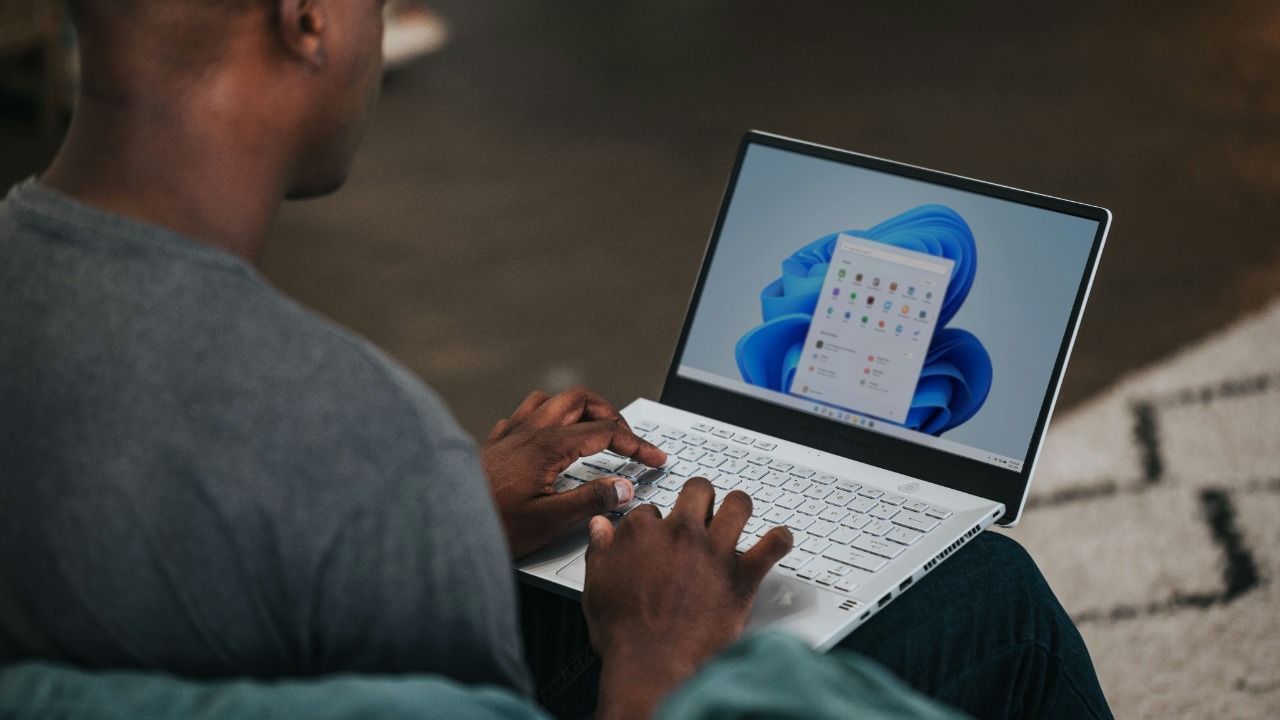
Microsoft is reportedly on the verge of introducing advanced haptic feedback for trackpads on Windows 11 laptops, a feature that has been a staple on MacBooks for over a decade. This development could bridge a significant gap in user experience between Windows and Apple ecosystems, promising more intuitive interactions and potentially elevating trackpad usability across Microsoft’s device lineup.
What is Advanced Haptic Feedback?
Advanced haptic feedback is a technology that simulates physical sensations like clicks or vibrations through trackpads. Microsoft’s version is designed to enhance precision on Windows 11 laptops. This is more than just basic vibrations; it focuses on pressure-sensitive responses, akin to Force Touch, interpreting varying levels of force. The key benefits of this technology include reducing mechanical wear and providing tactile confirmation for actions like right-clicking or scrolling.
The Evolution of Trackpad Technology
Advanced trackpads have their origins in MacBooks, which integrated haptic features over a decade ago to enable seamless gesture recognition. In contrast, early Windows trackpads relied on physical buttons and lacked the sophistication now being targeted for Windows 11 devices. The industry has since shifted, with haptic technology becoming standard in premium laptops, putting pressure on Microsoft to catch up.
Microsoft’s Push for Windows 11 Enhancements
Microsoft’s plans to roll out haptic feedback specifically for Windows 11 laptops aim to modernize input methods. This could include integration with existing Windows features, such as customizable gestures, to make trackpads more responsive. The timeline for these developments is imminent, with reports surfacing as of November 11, 2025.
How Force Touch Works on MacBooks
Force Touch is Apple’s haptic system that uses actuators to mimic button presses on a solid-surface trackpad. This technology has been available on MacBooks for over a decade. Practical applications include force-clicking for previews or contextual menus, which have set the benchmark for trackpad innovation. The hardware requirements for this system include Taptic Engines, which enable subtle vibrations calibrated to user pressure.
Implications for Windows Users
Adopting similar technology could improve accessibility and productivity on Microsoft’s laptops running Windows 11. However, there may be compatibility challenges, such as ensuring haptic support across diverse OEM hardware partners. User adoption potential also needs to be considered, given the decade-long lead MacBooks have enjoyed with this feature.
Challenges in Implementing Haptics on Windows
There are several technical hurdles to implementing haptics on Windows, such as standardizing haptic drivers for varied Windows 11 laptop configurations from manufacturers like Dell or HP. There may also be power and cost implications, as advanced actuators might increase battery drain or device pricing. Furthermore, MacBooks have refined this technology over a decade, setting high expectations for Microsoft’s entry into this space.
More from MorningOverview